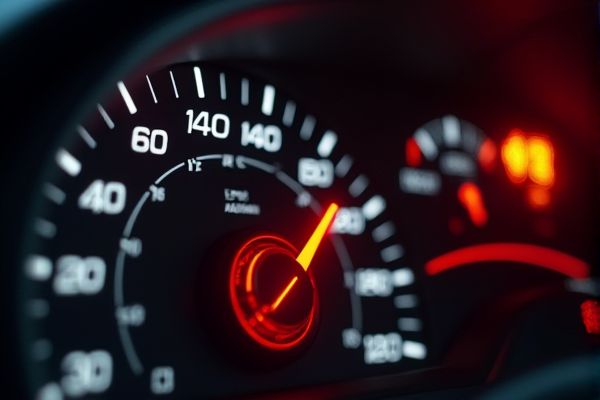
The Ssangyong XLV's check engine light indicates that the vehicle's onboard diagnostics have detected an anomaly--whether related to sensor malfunctions, emission system issues, or engine performance deviations--that requires prompt evaluation. Prioritizing data retrieval from an OBD-II scanner to access accurate error codes is essential for pinpointing the underlying fault and ensuring timely, efficient repairs.
Ssangyong XLV check engine light on meaning
Sticky Door Handles
Door handles may not fully retract unless manually pushed or treated with silicone spray.
EGR Valve Issues
EGR valves have been known to fail, often requiring replacement under warranty.
AdBlue Sensor Failures
Faulty AdBlue sensors have been reported, typically repaired under warranty.
Corrosion on Alloy Wheels
Corrosion issues have been noted on alloy wheels, sometimes requiring replacement.
Infotainment System Malfunctions
Infotainment systems may shut down or experience lag, sometimes requiring replacement of the head unit.
Brake Caliper Issues
Sticky rear brake calipers have been reported, necessitating maintenance checks.
Clutch Slave Cylinder Failure
Clutch slave cylinders have failed prematurely in some cases.
Tire Pressure Monitoring System (TPMS) Issues
TPMS warning lights may remain on even with correct tire pressure.
Accelerator Lag
Some models experience a delay in accelerator response, often attributed to software issues.
Seat Belt Retraction Problems
Seat belts may not retract properly, requiring manual adjustment.
Rear Washer Jet Failures
Rear washer jets have failed in some vehicles, requiring replacement.
Fire Risk in Early Diesel Models
Early diesel models have a documented fire risk, necessitating recall checks.
For car users
If your Ssangyong XLV's check engine light comes on, immediately reduce speed and safely pull over to inspect essential components--begin by ensuring your fuel cap is securely tightened and that fluid levels are correct. Next, use an OBD-II scanner to retrieve error codes if available, and promptly contact a trusted mechanic for a diagnostic to prevent further damage.
Ignoring the check engine light
Ignoring the Ssangyong XLV's check engine light can lead to cascading issues--from impaired fuel efficiency and increased emissions to progressive damage of critical components like oxygen sensors or the catalytic converter--resulting in repairs that can cost hundreds to thousands of dollars. Immediate diagnostic evaluation with an OBD-II scanner is essential, as data indicates that even minor unresolved faults can rapidly degrade engine performance by 10-20%, escalating maintenance costs and compromising overall vehicle safety.
How to reset?
Connect an OBD-II scanner to the Ssangyong XLV's diagnostic port, follow the on-screen prompts to read and clear error codes, or disconnect the negative battery terminal for approximately 15 minutes to reset the engine control module. However, always verify that the underlying issue causing the check engine light is properly diagnosed and addressed, as merely resetting the light may mask serious engine problems.
When the check engine light illuminates on a Ssangyong XLV, an initial diagnostic fee typically falls between $80 and $150 to accurately retrieve fault codes and pinpoint the underlying issue. Overall repair expenses can range from approximately $200 for minor sensor or gas cap issues up to $1500 or more for more significant repairs such as emission control or engine component replacements, depending on the diagnostic findings.
Future prevention
Regularly schedule maintenance checks and use quality fuel while ensuring sensors, oxygen monitors, and emissions systems are in optimal condition to prevent engine misfires and undue stress on the engine control unit. Perform routine onboard diagnostics to promptly address minor issues and avoid triggering the check engine light, which can save on costly repairs and maintain the Ssangyong XLV's performance.
